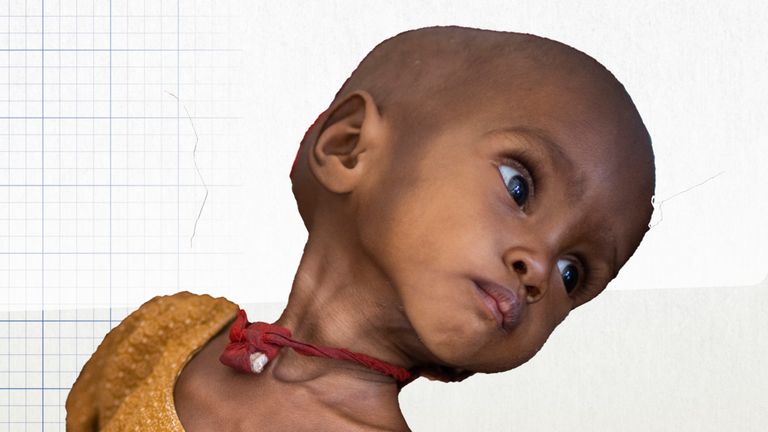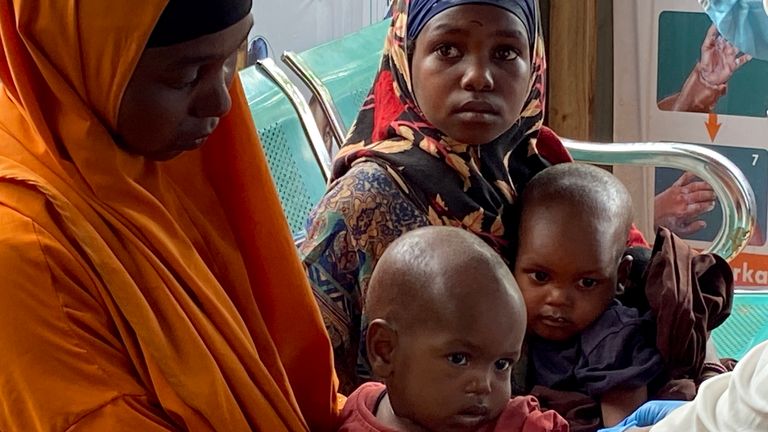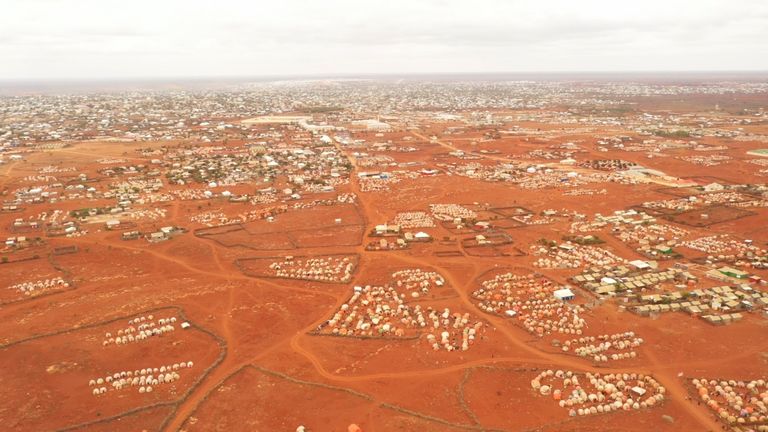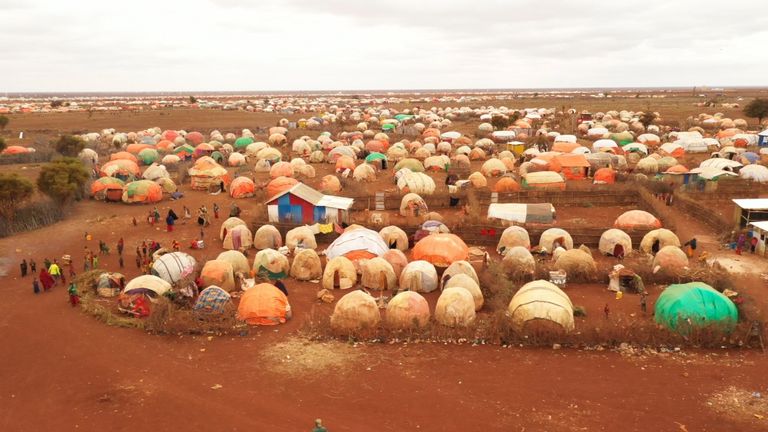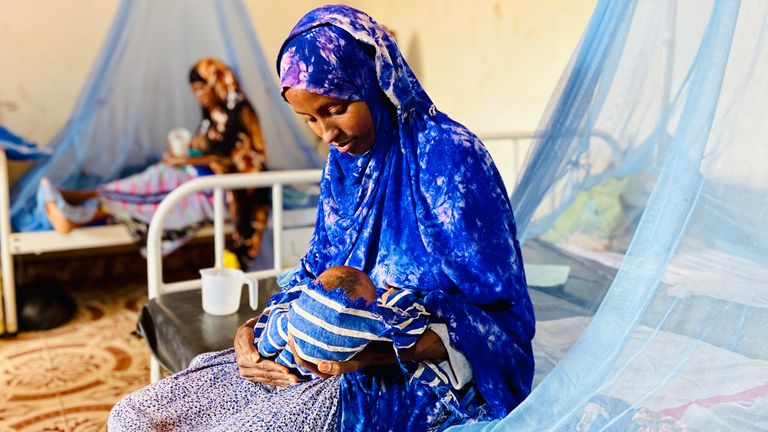
Nagib’s small feet poke out from a bundled blue shroud. His body is far too small for his three years of age.
He is shrunken by malnutrition and marked by the measles that eventually took his short life.
Nagib is carried out of the emergency care ward in Baidoa and into a white van as his mother sobs quietly in the backseat.
One more preventable death in the Bay area of southwest Somalia where prolonged drought, violence and skyrocketing food prices are pushing the population into famine.
Not far from Baidoa, al Qaeda-linked terror group al Shabaab is fighting to maintain its territory. They stalk vulnerable rural communities and collect taxes from farmers in the form of livestock.
In a nearby town, al Shabaab fighters recently ambushed a group of men building a well and burned them alive.
Those who manage to escape still suffer long-term consequences. Nagib’s family were unable to vaccinate him while living under al Shabaab. When malnutrition hit, his young body could not fight off a deadly case of measles.
Around 260,000 people lost their lives when famine was declared in Somalia in 2011. More than half of them were children. Today, nearly seven million people are facing extreme hunger and doctors are preparing for another humanitarian catastrophe.
“If it continues like this it will be worse than the last one. It will be the serious one,” said Dr Mohamed Osman Weheliye, an emergency care doctor at the Sahal Macalin Stabilisation Centre supported by Save the Children in Baidoa.
“People are going to die because of the long drought.”
Four failed rainy seasons have destroyed food security across the country and forecasts predict that this cycle of rain is unlikely to bring the moisture needed to replenish farms and grazing land.
This is the worst drought the region has seen in 40 years.
Nearly a million people have already been displaced and more than half of them have come to Baidoa, where camps keep growing.
Make-shift dome huts are cropping up all over the city as 4,000 new families arrive every week – fleeing their villages in search of food, water and safety.
“Drought brought me here. I lost my livestock. My farm is gone,” said Sudano Ali.
Sudano’s 10-month-old son Usama is assessed, weighed and measured at the stabilisation centre.
He is found to be acutely malnourished and medical staff are concerned by signs of something more – a persistent cough. Dr Weheliye suspects that baby Usama has pneumonia.
“It is the diseases that come with hunger,” says Dr Weheliye.
Hunger is just the start of suffering for these children.
Their weakened immune systems are unable to fight off the illness that are rife in the camps they now call home.
Drought, disease and conflict – a battle on all fronts.



